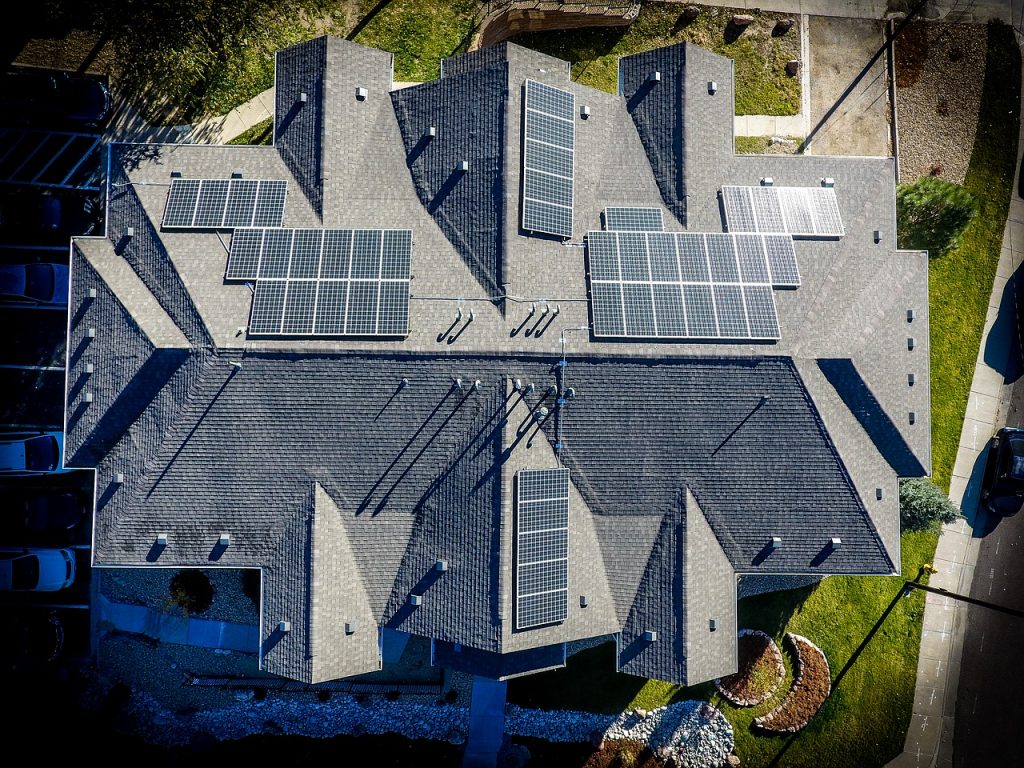Solar powered systems and batteries are set to become one of the hottest housing amenities in both residential and commercial properties.

Experts say that recent advances in these technologies have led to lower costs, and that means they’ll soon become a must have for both homeowners and companies alike.
Looking to cash in on the demand for energy efficient buildings, a new apartment development in Salt Lake City, called Soleil Lofts, boasts 600 units that can each be powered by a new ecoLinx battery that’s charged by solar panels on the roof of the building. The batteries combine to create a virtual power plant that can provide up to 12.6 megawatts of backup power.
The recent power grid shutdown in Texas due to severe winter weather, as well as last year’s blackouts in California that were rolled out to try and manage wildfire risk, have led to demand for energy alternatives, experts say. Moreover, they can save homeowners money too.
“In the ‘80s, people installed solar because they cared about doing the right thing,” CR Herro, vice president of innovation for Meritage Homes, a national homebuilder, told The New York Times. “Now, solar and battery systems like the one at Soleil are like putting an ATM in your kitchen that spits out $20 every month.”
For the building’s owners, virtual power plants can also be an investment. Ryan Peterson, president of Wasatch Guaranty Capital, told the Times that the virtual power plant also provides an income stream, which makes the Soleil Lofts apartments more attractive for renters.
“One of the reasons we’re looking at renewables and solar is that it reduces operating expenses and increases cash flow, a big deal to real estate owners,” Peterson said.
Across the U.S., battery energy storage is growing fast. There were 476 megawatts of energy storage added to the U.S. in the third quarter of 2020, up 240% from the previous quarter, according U.S. Energy Storage Monitor data.
Mark Dyson, a clean energy expert at RMI, which is an organization focused on energy sustainability in Colorado, told the Times that we’re now reaching a turning point.
“Since price points have come down so much, especially for batteries, I’d expect a growing fraction of new homes will incorporate these technologies,” Dyson said. “Virtual power plants are the cheapest, most valuable thing to build next for the U.S. power system.”